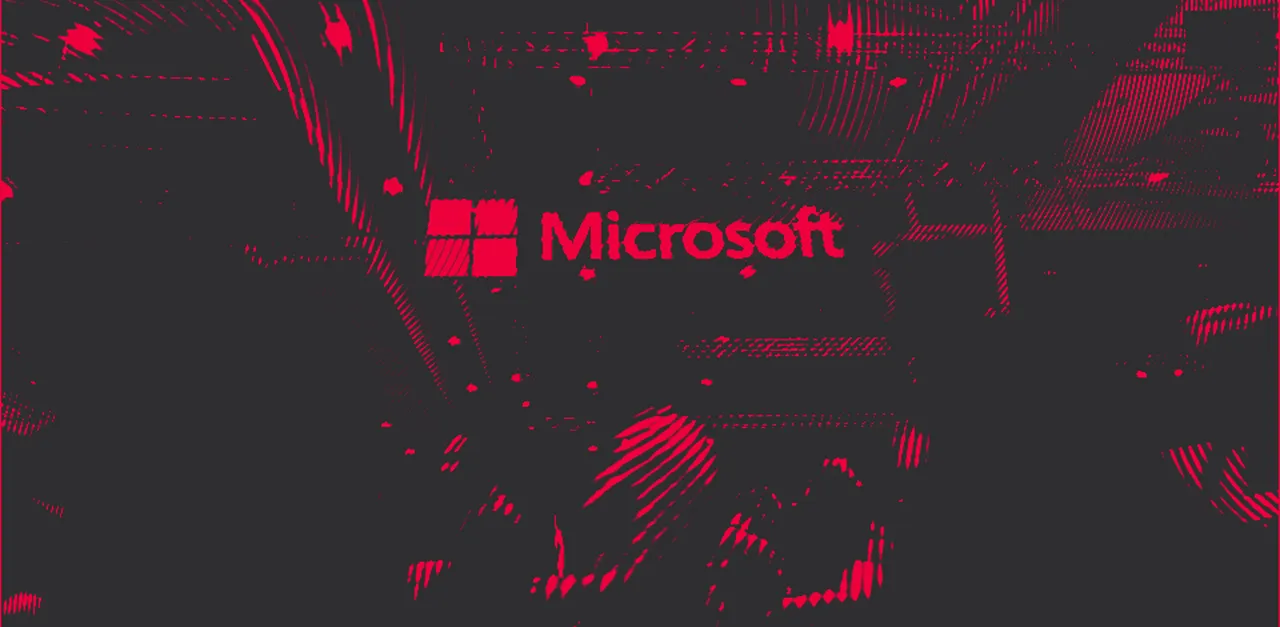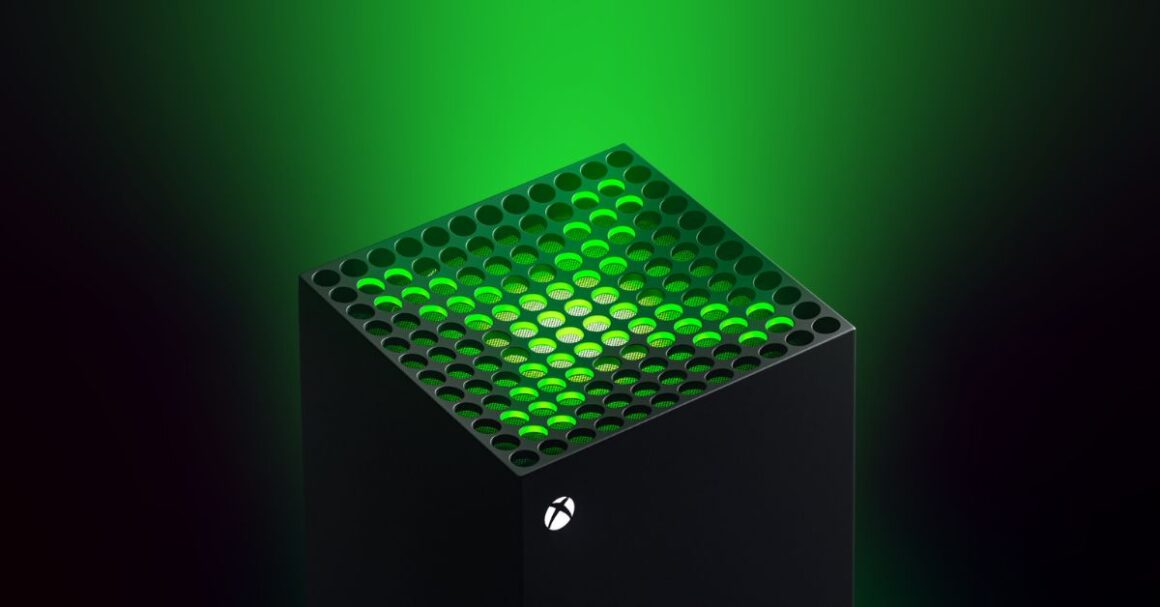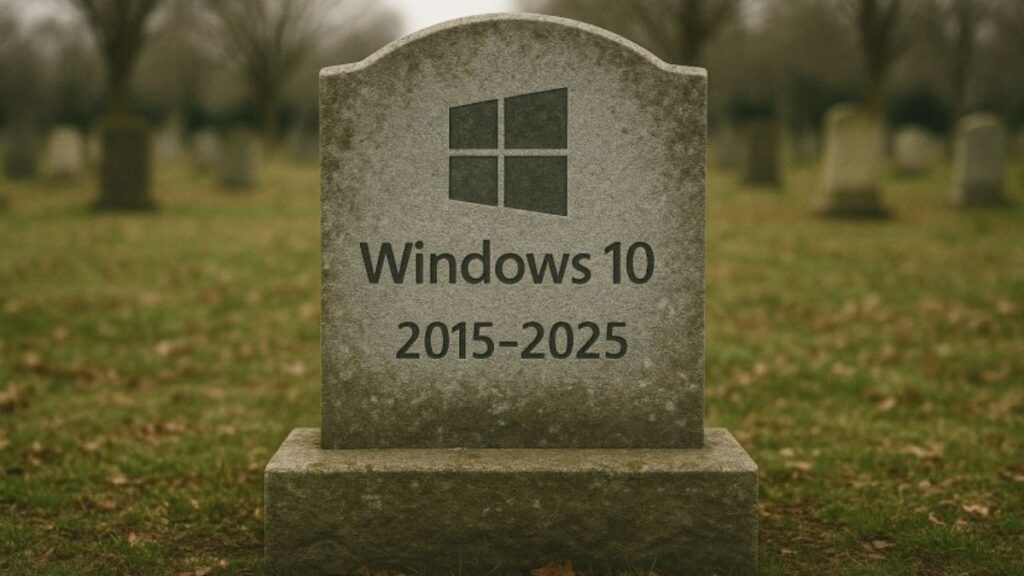Microsoft has rolled out its latest Patch Tuesday update, addressing 63 security vulnerabilities across its software ecosystem.
This includes three critical flaws, 57 important ones, and two actively exploited vulnerabilities that have already been used in cyberattacks.
Two Actively Exploited Vulnerabilities
The most concerning flaws in this update are:
- CVE-2025-21391 (CVSS 7.1) – Windows Storage Elevation of Privilege Vulnerability
- Allows attackers to delete targeted files, which could disrupt system services.
- Could be combined with other exploits to escalate privileges and cover up attacks.
- CVE-2025-21418 (CVSS 7.8) – Windows Ancillary Function Driver (AFD.sys) Privilege Escalation
- Exploited to gain SYSTEM privileges, giving attackers complete control over affected machines.
- Similar to a previous Lazarus Group attack using a vulnerability in the same Windows component.
These flaws are severe enough that the U.S. Cybersecurity and Infrastructure Security Agency (CISA) has added them to its Known Exploited Vulnerabilities (KEV) catalog, requiring federal agencies to apply patches by March 4, 2025.
Most Severe Vulnerability – CVE-2025-21198 (CVSS 9.0)
This remote code execution (RCE) vulnerability affects Microsoft’s High Performance Compute (HPC) Pack.
Attackers can exploit it by sending a specially crafted HTTPS request, potentially compromising entire clusters of connected systems.
Another RCE flaw (CVE-2025-21376, CVSS 8.1) in Windows LDAP could allow attackers to execute arbitrary code, posing a major risk to enterprise networks that rely on Active Directory.
Other Key Fixes and Third-Party Patches
- NTLMv2 hash disclosure vulnerability (CVE-2025-21377, CVSS 6.5) – Attackers could authenticate as a targeted user.
- Security patches from other vendors include Adobe, AMD, Apple, Cisco, Google, Intel, NVIDIA, Samsung, and more.
Final Thoughts
This Patch Tuesday update is one of the most important in recent months, addressing actively exploited Windows vulnerabilities that could be used for privilege escalation, remote code execution, and system compromise.
Windows users and IT administrators should prioritize these updates immediately to secure their systems.









